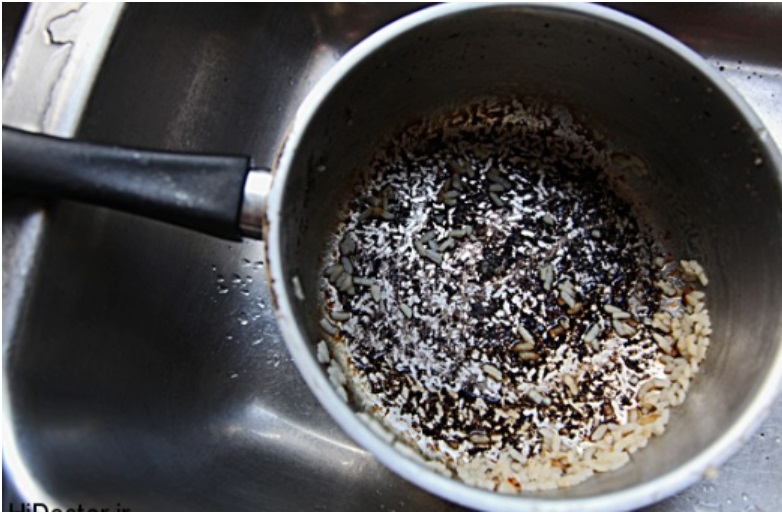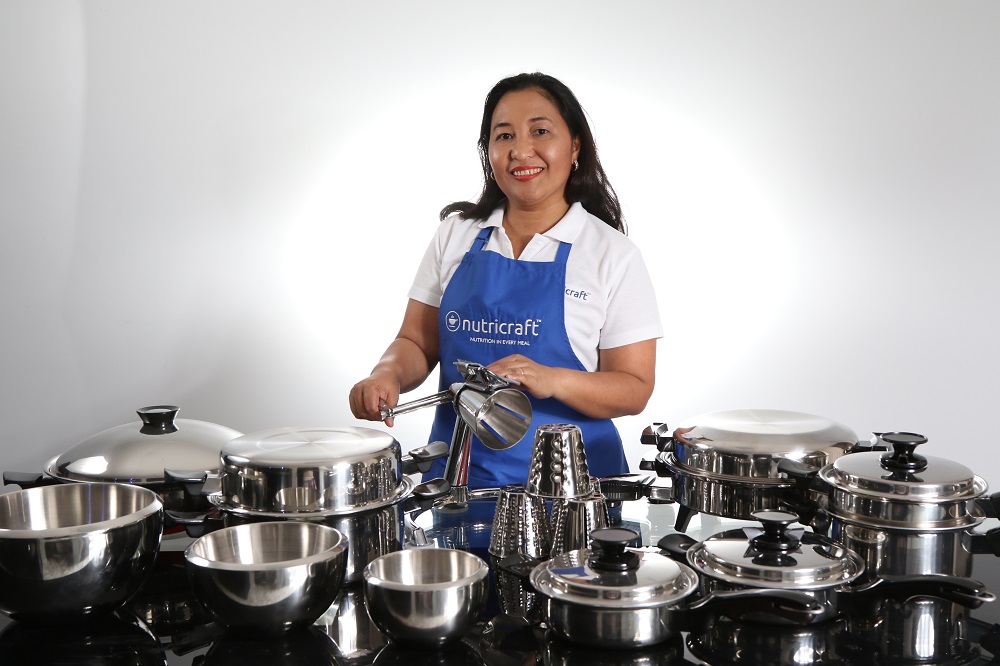The health food craze is sweeping the local Filipino-Australian community, but what if someone says it’s not just the food that matters, but how you cook it? Nutricraft founder Judith Viado shares her top three tips on how to get the most nutrients from your favourite meals.

- Avoid overcooking your food
When you go to restaurants with open kitchens, you probably get excited about seeing huge flames under a big wok or even inside the pan itself. High heat is typical in big-scale restaurants because of the quantity of dishes they serve in any given day.
But when it comes to homecooked meals, don’t do what professional chefs do at restaurants and instead, keep the flame down where possible, said Viado.
“Based on my own experience, including in my cooking classes, many amateur cooks don’t realise how much heat they’re placing the food under. There are three sources – the heat from the water trapped in the ingredients, the heat trapped inside a covered cookware and the heat from the gas or electic cooktop,” she said.
This means that you’re bound to overcook or overheat the dish without knowing, she explained.
Your best bet is to set the flame to low or medium, and allow yourself the time to cook the food slowly. “By doing this, you are retaining as much of the food nutrients as possible,” she said.
- Cook fresh ingredients in non-toxic cookware
“One of the trends these days is the demand for organic food but what I find is that if you use organic ingredients with toxic or reactive cookware, you loose a lot of the benefits of using fresh or organic ingredients in the first place,” said Viado.
She said that it’s like putting one rotten apple in a basket of fresh apples. The rotten apple spoils the rest. “Using toxic or reactive cookware is like using a rotten apple. It just spoils all the efforts you’ve made to eat healthily,” she said.
Examples of toxic or reactive cookware are pots and pans made of aluminum, copper and Teflon-covered. These cookware normally have surfaces that protect you from the small amounts of toxic metal but once those surfaces are chipped or broken, the toxic metal binds into your food and can cause serious illnesses.
Teflon is also not dangerous in itself but under high heat, it can cause Teflon flue when toxic fumes are released in the air.
The key is looking after your pots and pans and throwing them away when they are already damaged to avoid health problems from them.
- When in doubt, use non-reactive cookware
In the new year, you may want to declutter your kitchen and use non-reactive cookware. These includes cookware made of glass, ceramic and stainless steel. Viado is so passionate about healthy lifestyles that she’s built a business around stainless steel cookware called Nutricraft.
“We’ve designed what we call three-in-one kitchen assistant where our cookware is made of stainless steel but it also has a whistle feature to prevent what I’ve just talked about regarding overcooking fresh fruits and vegetables,” she said.
Viado also said that her cookware products are anti-bacterial, durable and resistant to corrosion.

“Our non-reactive cookware also means you retain the nutrients and the natural flavours from the dish. That’s why it’s been 18 years since I last used MSG for flavouring. Our household appreciates the natural flavours from the food.”
In other words, the ‘sarap’ doesn’t have to be magical, it can be original – all coming from fresh food prepared properly and in the right cookware.
This featured content on healthy Pinoy eating is part of the Australian Filipina 'Kain Na' series, in partnership with Nutricraft. Take advantage of Nutricraft's up to 20% Early Christmas Sale on all cookware items.